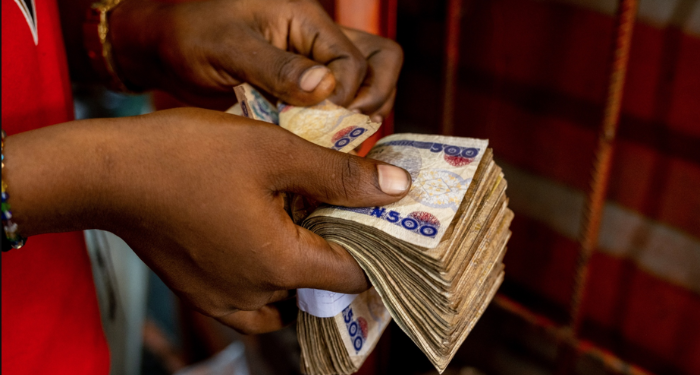The total amount of naira in circulation fell to N5 trillion in March 2025, down from N5.04 trillion in February and N5.24 trillion in January, according to the Central Bank of Nigeria (CBN).
Currency in circulation refers to the cash available for everyday transactions, savings, and investments. A decline often reflects the central bank’s efforts to control inflation and stabilize the economy.
In contrast to the drop in physical cash, the CBN’s bank reserves rose to N28.52 billion in March, up from N27.57 billion in February. The reserves stood at N27.43 billion in January, showing a steady increase. However, special intervention reserves remained unchanged at N284.36 million over the same period.
Bank reserves are funds held by the CBN and commercial banks to maintain liquidity and ensure financial stability. The increase suggests stronger efforts by the CBN to safeguard the financial system.
Meanwhile, the CBN also recorded its first decline in money supply for 2025. The total supply dropped from N110.94 trillion in January to N110.32 trillion in February, indicating tighter monetary controls and adjustments in the foreign exchange market.
Compared to March 2024, when naira in circulation was N3.87 trillion, the current figures reflect a significant rise year-on-year, though the recent quarterly trend shows a deliberate effort to reduce excess cash in the system.

